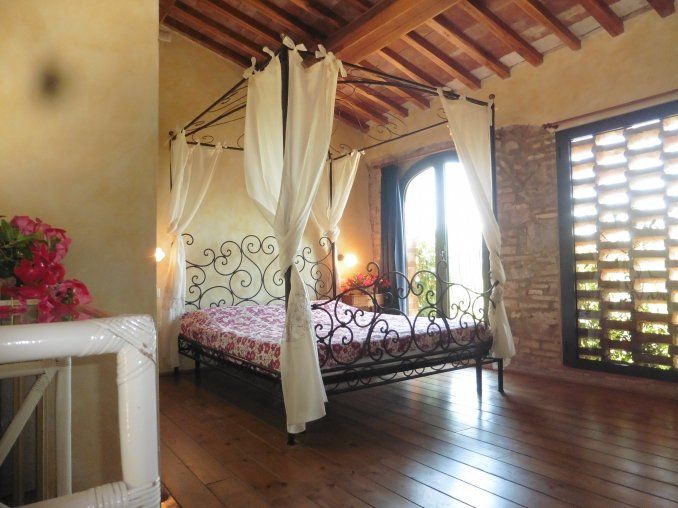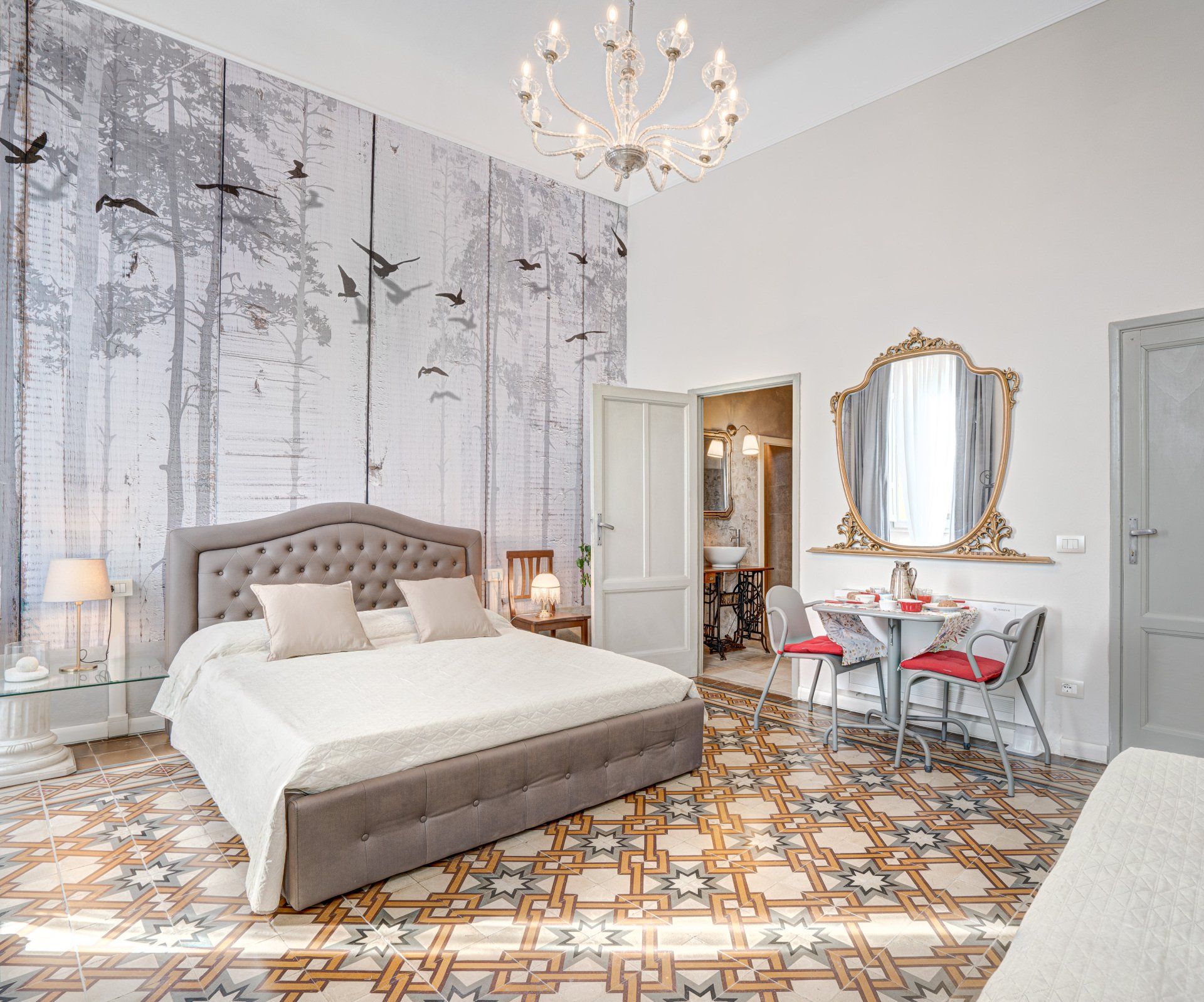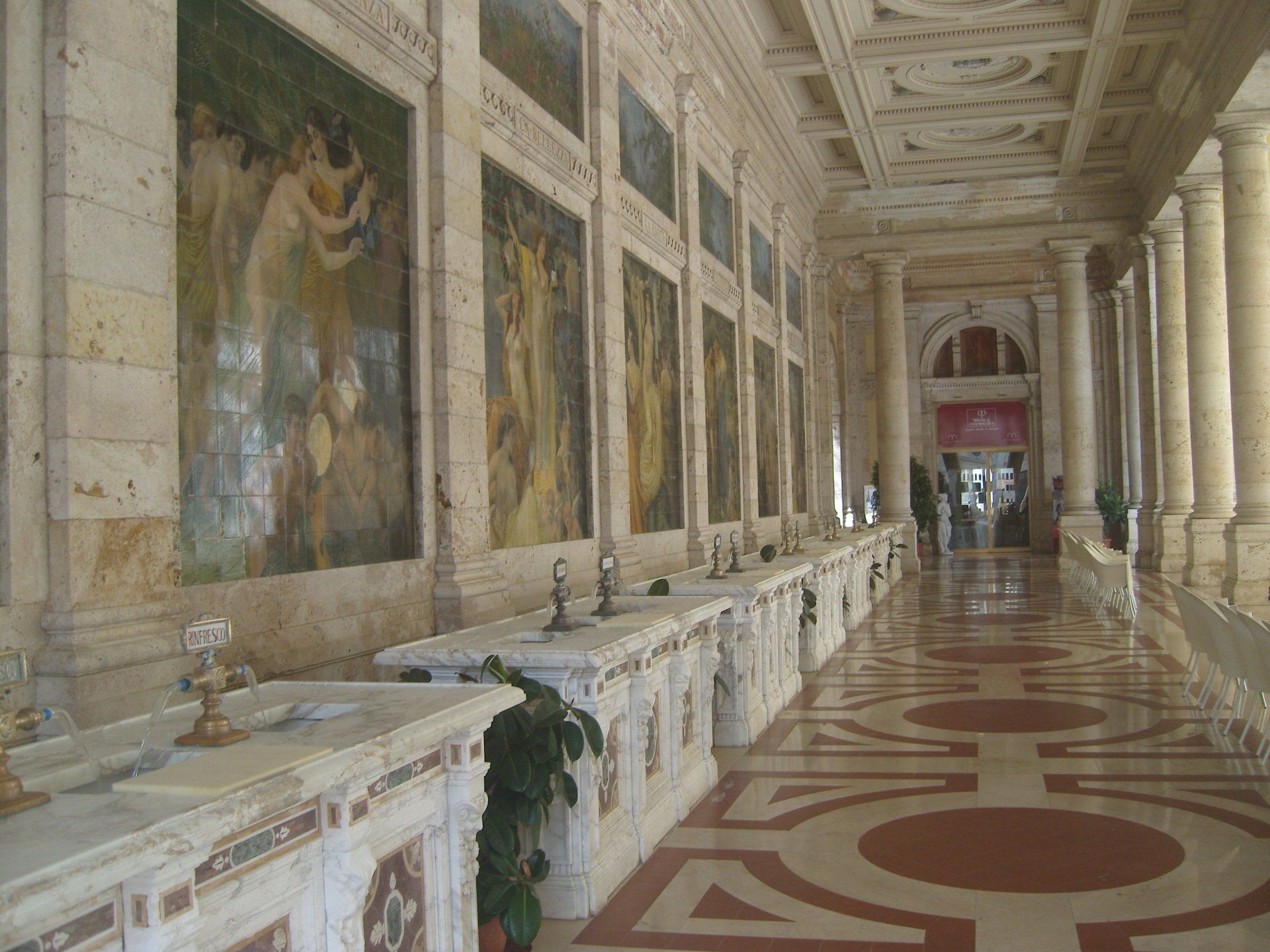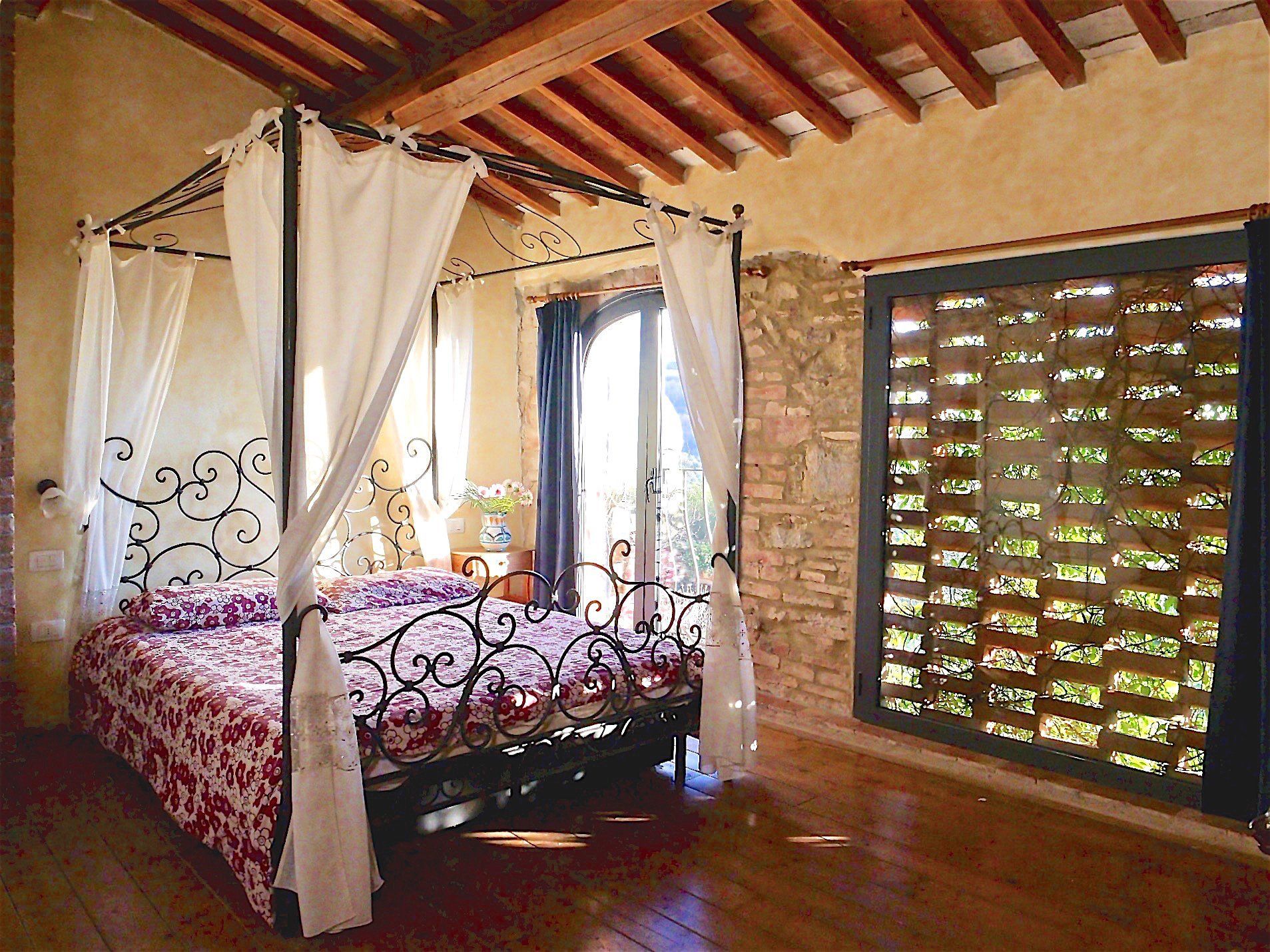Montecatini Terme
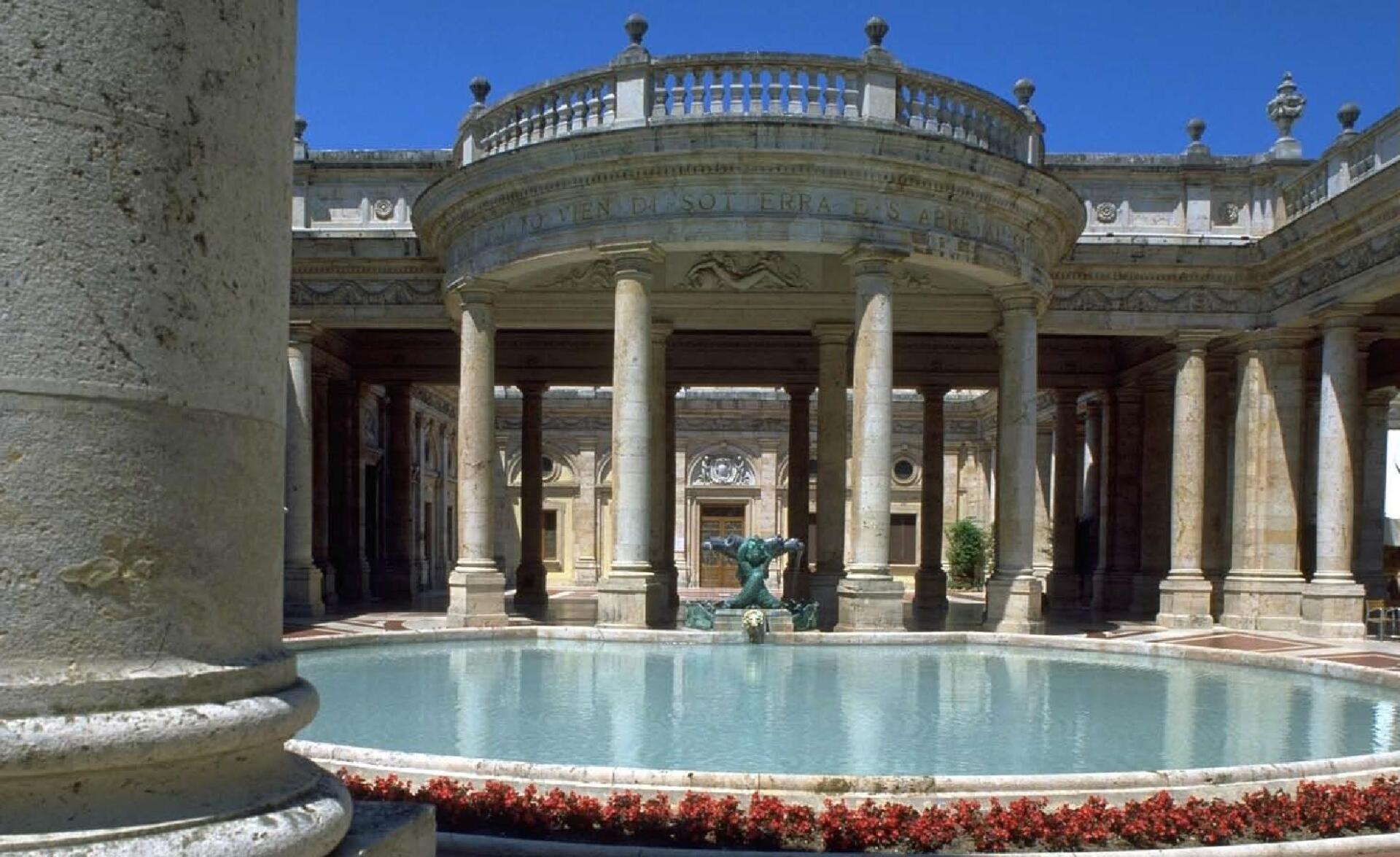
Slide title
Scrivi qui la tua didascaliaButton
Slide title
Scrivi qui la tua didascaliaButtonSlide title
Scrivi qui la tua didascaliaButton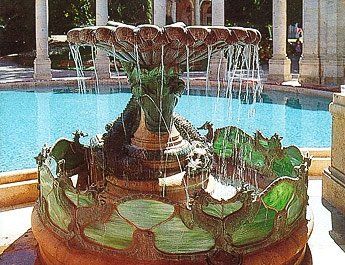
Slide title
Scrivi qui la tua didascaliaButton
-
Montecatini Terme - Thermal Center, but not only
Montecatini, centrally situated between Tuscany’s main historical cities played until the XIV century the balance in the fight for dominium in the region. After Lucca and Pisa, even the distant Siena sought to conquer it in 1554 in an attempt to weaken Florentine power. During the intervening periods of its history, this barycenter was, however, crushed through pride of those in power at that time: feeling himself betrayed, Cosimo dei Medici ordered, in fact, that it be “reduced to rubble” and so it was; eight hundred soldiers relentlessly tore down walls, towers and houses for days on end. Only one hundred and sixty houses were saved together with three convents, two palaces and a few towers; of the ancient wall only painting testimony remains. This occurred in the ancient fortified hamlet, Montecatini Alto, situated 290 metres above sea level, whilst the main part of the city, Montecatini Terme, was developed in the valley, on and around its main source of wealth: the thermal waters. The curative properties of the waters were already known as far back in Ancient Romans times and already in 1417 Ugolino Simoni laid down the basis of medical hydrology with the treaty “De Balneorum Italiae proprietatibus”. In the first half of the 17th century the Granduke Leopold of Tuscany began the imposing work to channel water and construct thermal buildings which have contributed immensely to the development of the city. With the passing of the centuries Montecatini continues to arouse interest in the many opportunities which it has to offer: archaeological finds and historical testimony, medieval churches, ancient towers and cultural, out in the open art walks such as the works in Liberty style by Galileo Chini. It is also an ideal place for relaxation: visitors are welcomed to any of the 9 spa buildings, set in 46 hectare of parkland, for hydroponic treatment, mud baths, balneotherapy and inhalations for their own personal wellbeing, and the prevention and treatment of various pathologies.
Montecatini Terme - A brief history of the city
27/3/2025

Titolo diapositiva
Scrivi qui la tua didascaliaPulsante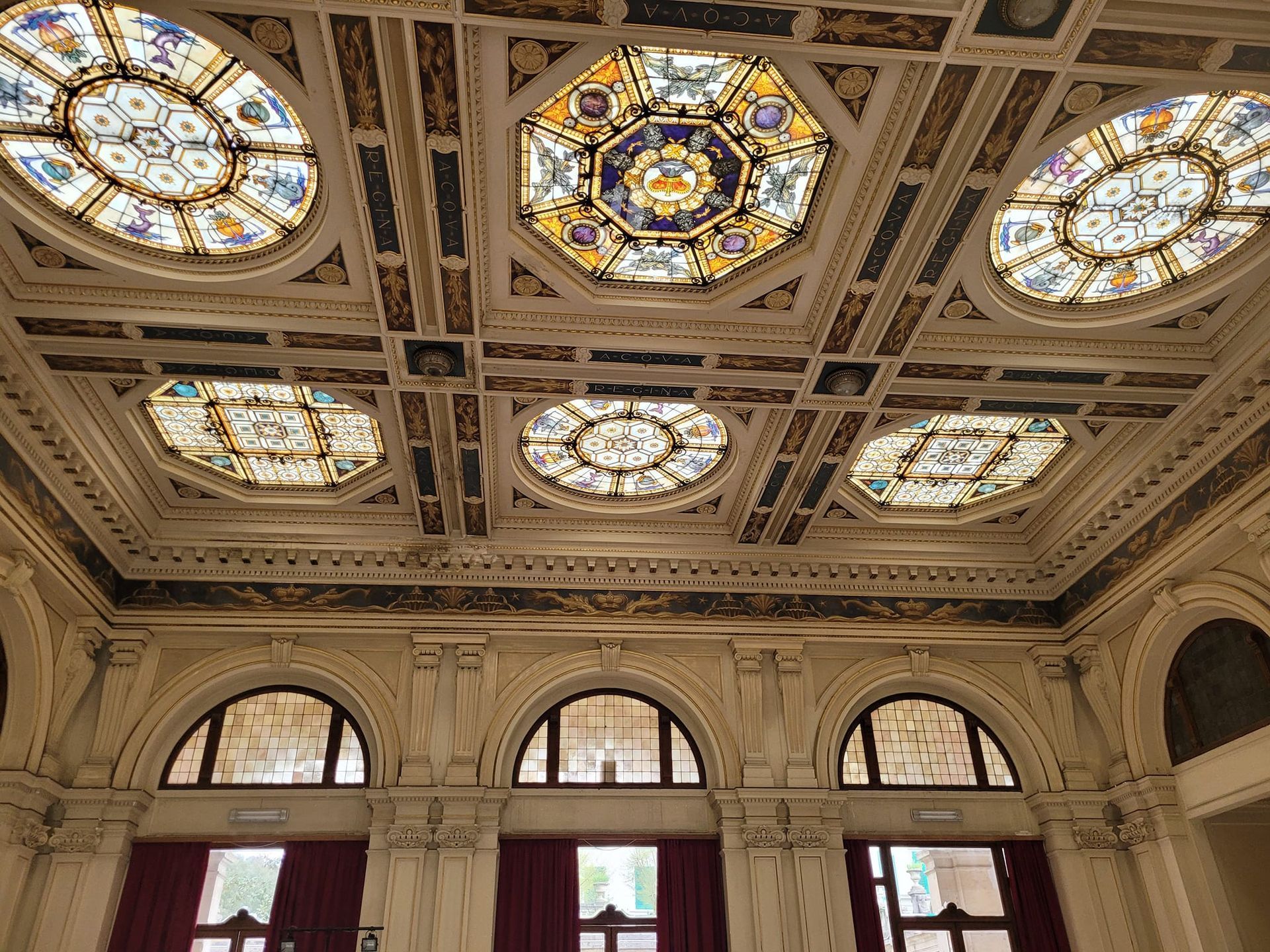
Titolo diapositiva
Scrivi qui la tua didascaliaPulsante
-
Montecatini Terme - UNESCO World Heritage
On July 24, 2021, Montecatini Terme and 10 other European spa towns were added to the UNESCO World Heritage list. These Grand Spa Towns of Europe have developed around natural mineral springs and have shaped landscapes and architecture, becoming popular destinations for health, leisure, and social activities.
In fact, all of the towns, although located in different countries, are characterized by some common elements.
In Montecatini, there are springs, fountains, and thermal buildings to take in curative waters. Originally, there were 9 waters, all with deputarive properties but with varying degrees of intensity. Today, there are still prestigious thermal facilities characterized by Art Nouveau-style architecture that perfectly conveys serenity, well-being, and beauty.
In addition to waters, Montecatini Terme offered meeting places, sport facilities, entertainment with casinos, concert cafés, dance halls, restaurants, theaters, and hotels. An important element with an authentic therapeutic function is the nature that surrounds the thermal facilities and characterizes the town. Contact with nature is essential for successful treatment: relaxation, walks immersed in greenery, and natural rhythms are all essential elements to obtain the maximum benefit from therapy.
More information:
Montecatini Terme - UNESCO World Heritage
25/5/2025
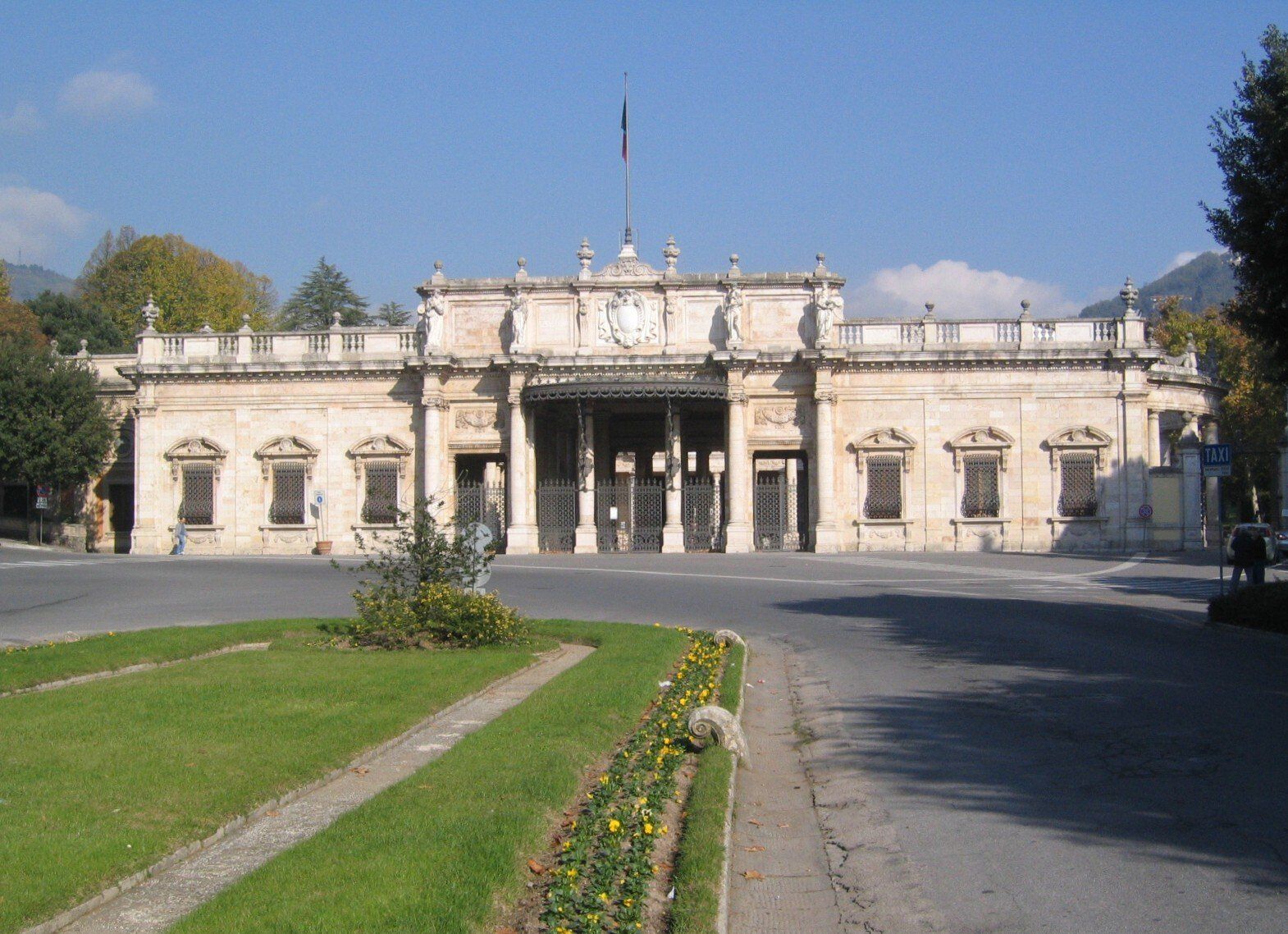
Slide title
Scrivi qui la tua didascaliaButton
Slide title
Scrivi qui la tua didascaliaButton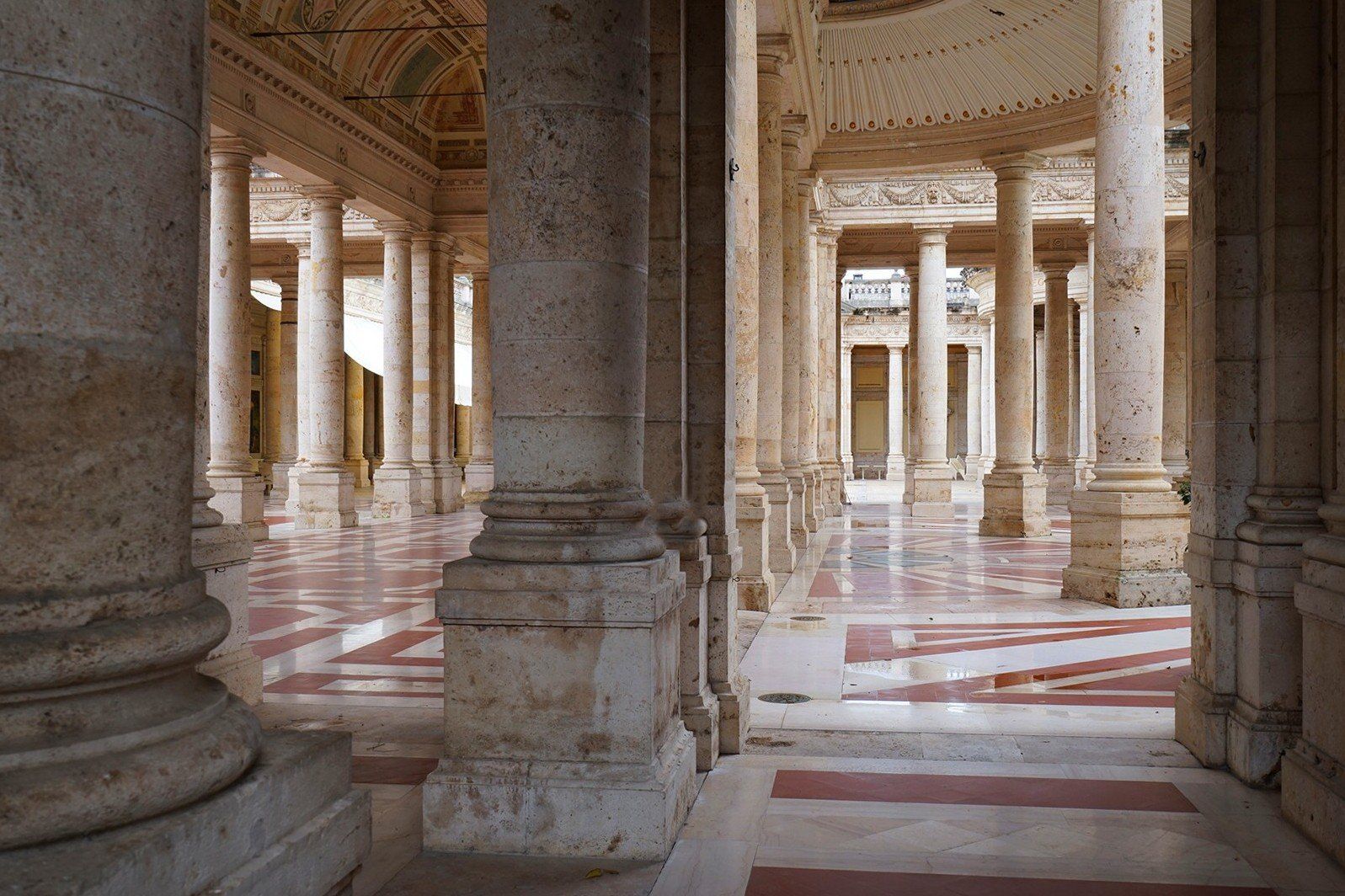
Slide title
Scrivi qui la tua didascaliaButton
Slide title
Scrivi qui la tua didascaliaButton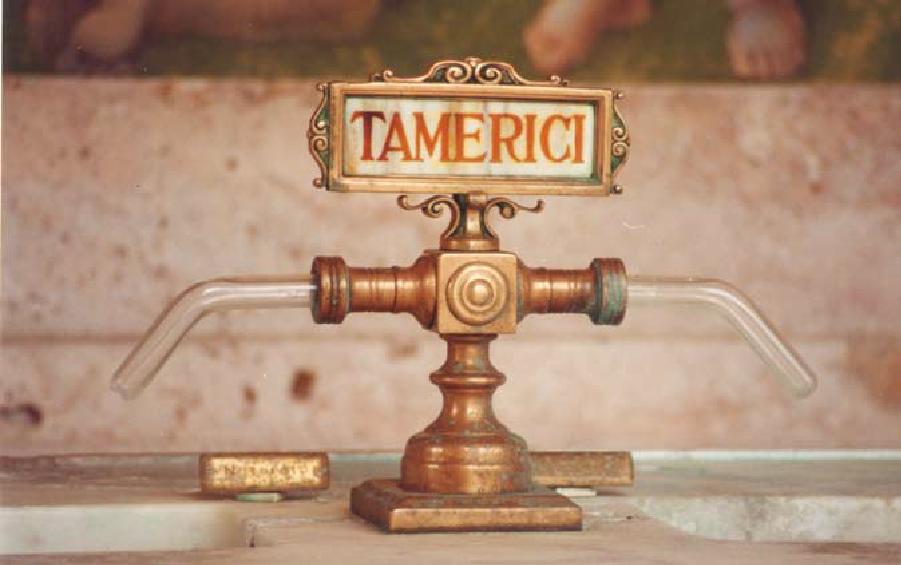
Slide title
Scrivi qui la tua didascaliaButton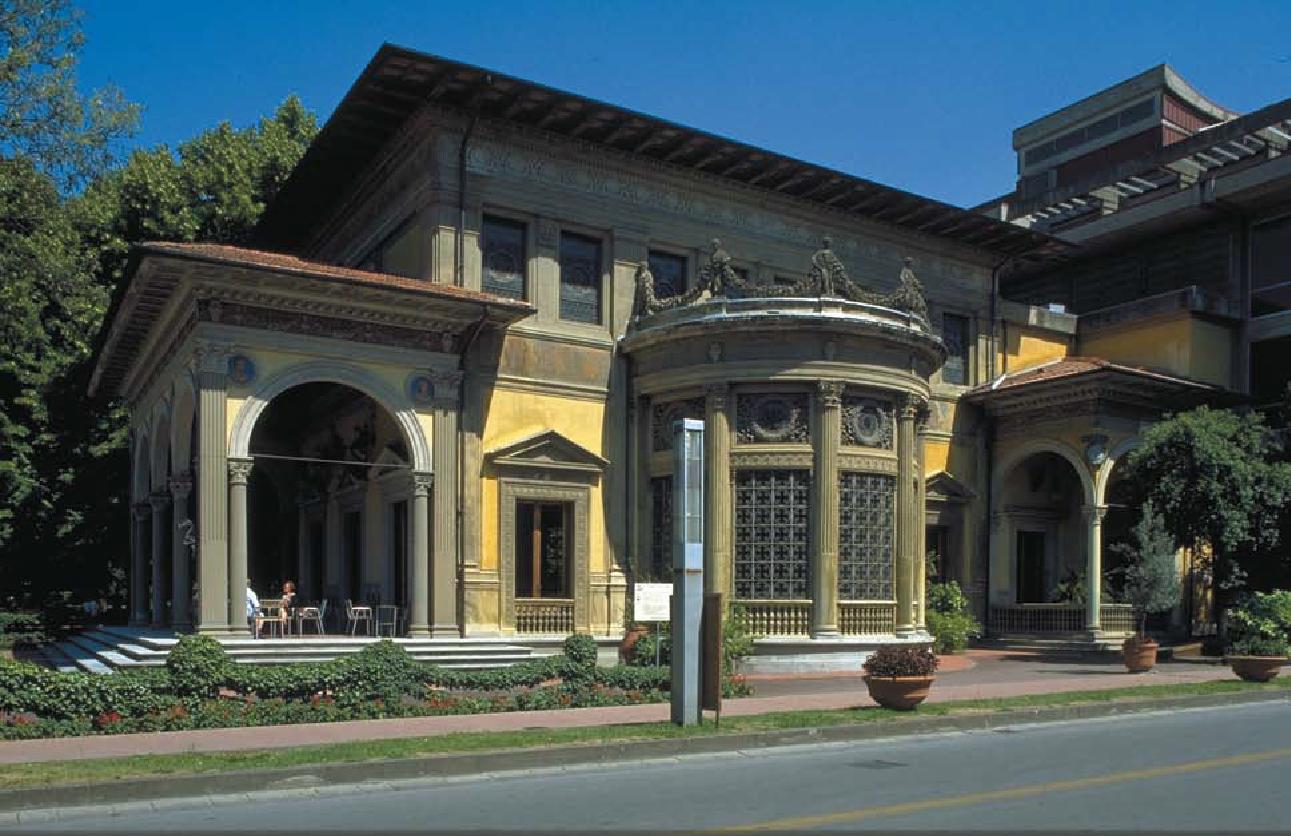
Slide title
Scrivi qui la tua didascaliaButton
Slide title
Scrivi qui la tua didascaliaButton
-
Montecatini Terme - The cure
The cure par excellence is the water cure with the famous drink symbolised by a glass, but there are also irrigation cures, baths, mud baths, massage, hydromassage, beauty treatments, inhalant cures for nasal blockage, ozone baths and physical therapy.
The main therapeutic advantages are in treatment of the digestive apparatus, especially constipation, liver and bile duct illnesses, metabolic disorders and dismetabolic arthropathy.
The spa complex consisted of nine establishments, one in correspondence with each of the 9 different springs originally present, but today only the Terme Tettuccio are used for the drinking cure, after having conveyed the four waters today available, and the Terme Redi for all other therapies.
The cure must be prescribed by the family doctor and once you arrive in Montecatini Terme, you pass the visit to the doctor of the spa who, based on the pathologies indicated by the family doctor, prescribes the therapy, i.e. which type of water, the timing, and the days of treatment.
Basically, the waters should be taken in the morning, on an empty stomach, possibly trying to relax, to mentally assume a positive and serene attitude. The water should always be sipped, walking in the park that surrounds the spa. Contact with nature, the positive and relaxed attitude of the guest, listening to music that was once played live, letting yourself be wrapped by the "sound that binds the senses with sweetness" as the motto of the Music Pavilion states of Terme Tettuccio, everything contributes to the success of the treatment. After the period of time dedicated to drinking the water - since the spa doctor can also prescribe different types of water to be taken at different times in the morning - a break is usually prescribed followed by a small breakfast, for example a cappuccino and a piece of cake.
That's why the in the Terme Tettuccio there is a beautiful Liberty Style bar that takes you back in time. The carved wooden furnishings, the walls with frescoes representing views of the Valdinievole, the ceiling with beauties from other times, make the small breakfast already a very pleasant event in itself. But this is where the goal of the cure is reached, the purpose of the whole morning ritual. In fact, the calmly awaited desired effect occurs usually with determination and imperiousness. Not far from the historic bar there is fortunately a very high concentration of toilets built in the 1980s, when thermal treatments were still passed on by the state health system and crowds of people were expected. Unfortunately that didn't happen. On the other hand, today's curists can be sure of finding the bathroom free when needed.
But what are exactly the depurative properties of the waters?
The mineral spa waters spring out of a depth of about 2000 m at a rate of 1800 litres per minute, with a maximum temperature at spring level of 33,5 °C and the waters reach the surface both as permeation springs and wells. All the springs are situated at the foot of the Panteraie hills, probably the original location of the waters. The physio-chemical composition varies from spring to spring, according to the concentration of the saline content in the thickness of the earth‘s crust, which enriches the water as it rises towards the surface. These are strong (Leopoldine) medium (Regina) and weak waters (Tettuccio, Rinfresco) according to the saline content and belong to the salt-sulphate-bicarbonatesodic group used for drinking (water cures). There are currently four thermal springs: three are of the salt-sulphate-bicarbonate-sodic type used for water cures (Regina, Rintresco, Tettuccio,) and one is salt-iodic-sulphate-alkaline used to drink and also for mineral baths and complementary cures (Leopoldine). The thermal mud baths derive from the softening of pure mud (paleomarin mud) in the Leopoldine thermal water.
The thermal waters of the Tettuccio spring (weak) are physiologically similar to body fluids, and as they have a lower salt content than the blood they are easily absorbed, providing a detoxifying effect on the liver, stomach and intestines. The Regina waters (medium) are partly expelled and partly absorbed by the intestines and decongest the organs of the digestive system.
The Leopoldine waters (strong) are completely eliminated from the intestine after ingestion due to the high proportion of sea salt and promotes intestinal activity.
The Rinfresco waters (weak) influence the function of the kidneys.
-
Difference Between Thermal Baths and Spa
Who Can Use the Term "Thermal" or "Thermal Baths"?
The term "thermal" can only be used by facilities that employ certified thermal waters with recognized therapeutic properties approved by the Ministry of Health.
For waters to be considered thermal, they must:
- Originate from a natural source with specific chemical-physical characteristics.
- Have therapeutic properties certified by scientific studies and officially recognized by the State.
- Be used for health and wellness treatments in authorized establishments.
Who Can Use the Term "Spa" (from the Latin Salus per Aquam – Health Through Water)??
The term "Spa" is not regulated in Italy in the same way as "Thermal" or "Thermal Water", making its use more flexible. However, there are important distinctions to keep in mind.
Wellness Centers and Hotels with a Spa
Any facility offering wellness services, relaxation, and beauty treatments can define itself as a Spa.
They may include saunas, Turkish baths, whirlpools, massages, and beauty treatments.
They do not necessarily have to use thermal water.
Therefore remember:
Only establishments using genuine thermal waters can use the terms "Thermal" or "Thermal Baths".
A Spa is a wellness center offering relaxation and beauty treatments but cannot claim therapeutic properties or use the term "thermal" unless it has certified thermal waters.
-
Information
Visit the website ☞ www.termemontecatini.it
To make reservations or request information:
call
from Monday to Friday from 8.00 to 13.00 and from 15.00 to 18.00
Saturday from 8 to 13
or send an email to: info@termemontecatini.it
Alternatively you can talk to the Spa via Whatsapp on +39 3346649087
Montecatini Terme - Details about the drinking cure
27/3/2025
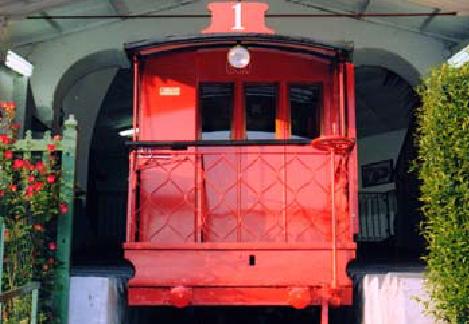
Slide title
Scrivi qui la tua didascaliaButton
Slide title
Scrivi qui la tua didascaliaButton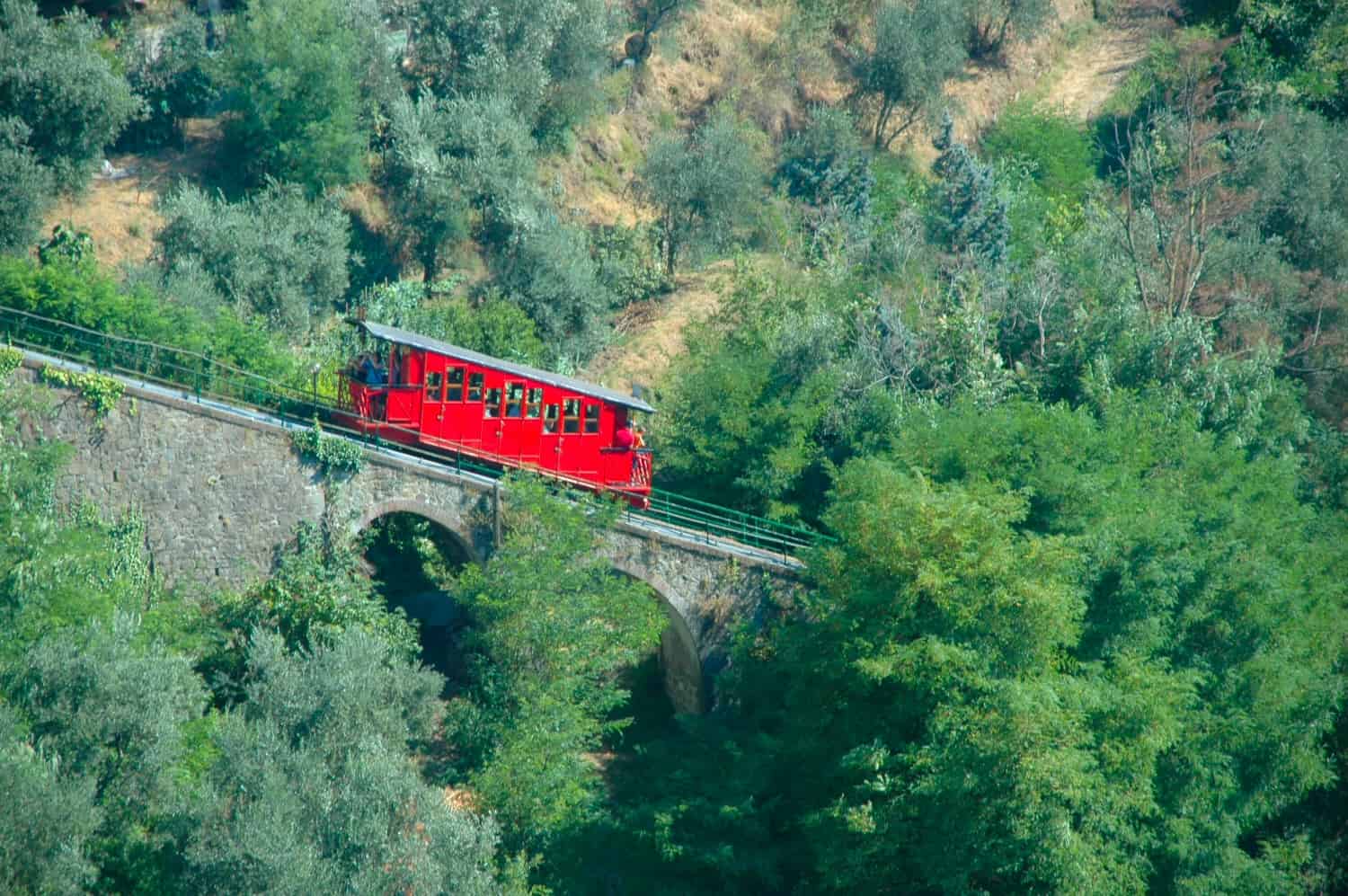
Slide title
Scrivi qui la tua didascaliaButton
Slide title
Scrivi qui la tua didascaliaButton
Slide title
Scrivi qui la tua didascaliaButton
-
Montecatini Terme - The Funicular
Two small cable cars which appear to have stepped out of a Western link Montecatini Terme with Montecatini Alto. Ten minutes to cover one kilometer with a rise of 200 metres and an average ascent at 20% arriving at almost 40% on the final tract. Built in 1898, Montecatini’s Funicular is the oldest in Europe and has been driven on steam since 1921. Damaged during World War II it was returned to service in 1949. From 1977 to 1982 the plant has been brought up to norm through enormous renovation works which have not altered the fascination of the historical little red cable cars which never fail to “salute” halfway along the track. Each cable car can hold 40 people and comprises of one cabin only divided into three sections, with wooden benches and two tiny external balconies – the most requested -, from which one can admire the unique panorama.
-
Opening times and prices
Timetable
from 9.30 to 13 and from 14.30 to 20.00.
One run every 30 minutes.
Prices
Adults round trip 7 Euro
One way 4 Euro
Children from 6 to 10 years round trip 4 Euro, one way 2 Euro.
Valley Station - Viale Diaz - Montecatini Terme (PT)
Mountain Station - Via Vittorio Veneto - Montecatini Alto (PT)
Telephone +39 3294059913
More Info ☞ www.funicolaremontecatini.com
Montecatini Terme funicular - A bit of history - Timetables and tickets
27/3/2025
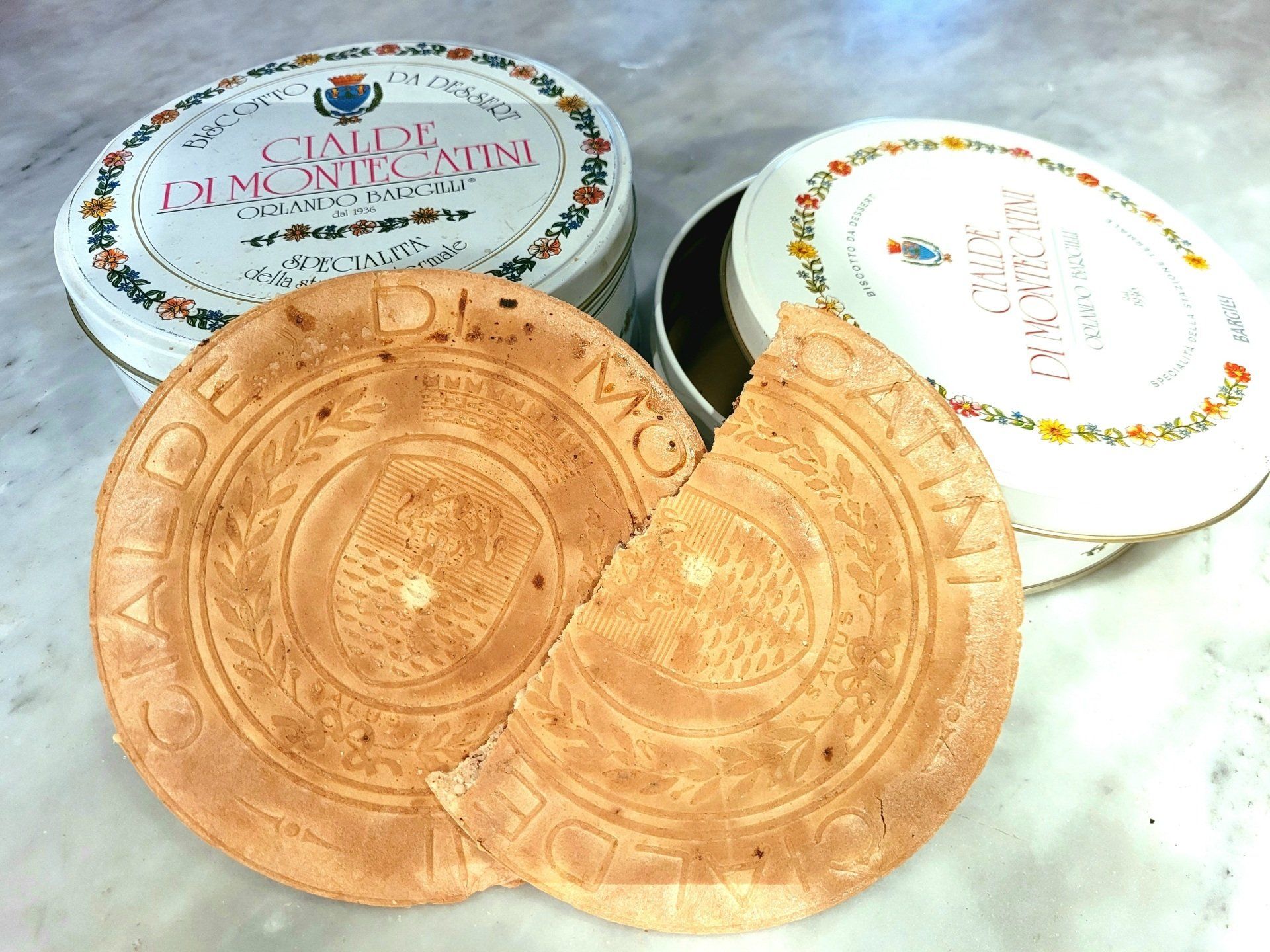
Titolo diapositiva
Scrivi qui la tua didascaliaPulsante
-
The Cialda (waffle) of Montecatini Terme
A simple and tasty recipe, handed down for generations: the Montecatini Terme waffle - two thin discs, filled with almonds and sugar - is one of the symbols of the gastronomic culture of the city.
Born in 1936 in the Bargilli laboratory, which personalized it by imprinting the family crest on it, the Cialda di Montecatini is still today one of the most sought-after products and cannot be compared to any other dessert.
The skilful mixing of the ingredients, all absolutely natural, the particularity and complexity of the processing - two thin discs obtained with a first cooking for the puff sheet only and then a second with the addition of an exquisite filling of almonds and sugar, give a compact and crumbly wafer that comes from the imagination of a family of skilled pastry chefs.
Perfect for breakfast, or as a dessert at the end of a meal to be enjoyed with ice cream, tea, but above all with a glass of vin santo in the company of friends or in the intimacy of the family.
-
Where to buy it
Bargilli - Cialde di Montecatini
Viale Verdi, 92
51016 – Montecatini Terme (PT)
https://cialdedimontecatini.com/
Famiglia Desideri srl
via Ugo Foscolo, 40
51016 Montecatini Terme (PT)
The Cialda (waffle) of Montecatini Terme - Description and short history
27/3/2025



